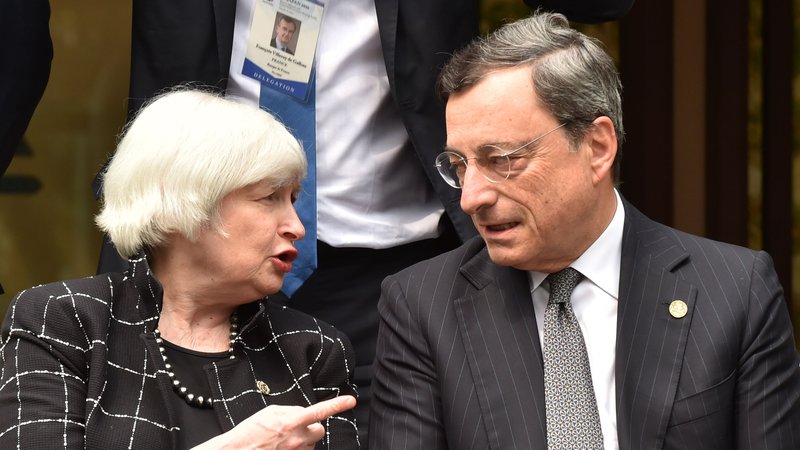Less than a month ago the CBOE volatility index – known as the best indicator of fear in the markets – dropped to a record low of below 9.
The declines were a result of steady equity markets, low trading volumes and optimism that the markets were heading higher. This has all changed in the past two weeks, with the fear index rallying from a low of 9.52 to 17.28 – an 81% spike in 4 days from Aug 8 to Aug 11.
This was precipitated by rising tensions between the U.S. and North Korea. These tensions lasted for a couple of days, then eased after both sides backed down. However, the calm didn’t last long, as President Trump’s response to the Charlottesville clash, saw business leaders exiting his advisory councils, and a number of high profile Republicans criticizing and distancing themselves from the President.
The departure of Trump’s Chief Strategist Steve Bannon, who was mainly seen as pushing protectionist policies, was not unexpected and was slightly positive for markets, causing U.S. stocks to rally on Friday, but the market ended near lows.
Advertisement
Politics have clearly taken the front seat and another shock will likely lead to a further selloff in equities. Some investors might see the recent fall in prices as an opportunity to buy the dips, but given that valuations are still very high compared to historical averages, many will hold off until seeing meaningful fiscal policy change. Trump’s administration will be tested as we get closer to hitting the U.S. debt ceiling. According to the Congressional Budget Office, the debt limit should be raised by mid-October, to avoid defaulting on loan payments, but this time it doesn’t seem a done deal.
Given that the economic calendar doesn’t hold tier-one data this week, investors and traders will be focusing on the Jackson Hole central bank gathering on 24-26 August. The two stars of the gathering will undoubtedly be Mario Draghi and Janet Yellen. The most recent minutes from the Fed and ECB, shows that inflationary pressures remained absent, despite declining unemployment rates. When looking at bond yields across the globe, investors seem to be convinced that inflation isn’t returning anytime soon. However, financial asset prices are worrying central bankers, especially the Fed, which sees valuations as elevated.
With ECB’s meeting scheduled on September 7, Euro traders are waiting for signs from President Draghi as to when the central bank will start trimming QE. The single currency managed to overlook ECB’s minutes, which revealed that Euro strength is becoming a concern for monetary policy makers. If Draghi does not disclose his plan for tapering QE, the Euro might fall towards 1.16, but I would prefer to buy the dips then selling the rallies, as the ECB have no other choice but to tighten policy.
Advertisement
Add a comment






